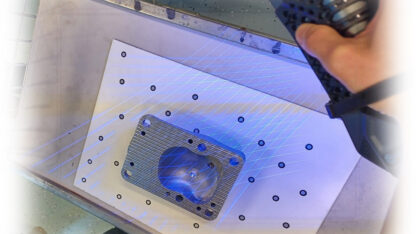Muova decided to take a Service Design approach to tackle this challenge and extending support to its international partners to get them on board to practice Service Design. As Service Design is not commonly practised among all the partners, Muova in its transational meeting took charge of transferring Service Design knowledge to its partners. Muova presented Service Design information that included Scope of Service Design, competitive advantage, key principles, and example.
Now let’s understand in detail about the knowledge transfer package which can be used as a starting point when we are looking to integrate Service Design in our other projects.
Service Design
According to Stefan Moritz Service design helps to innovate (create new) or improve (existing) services to make them more useful, usable, desirable by clients and efficient as well as effective for organisations. It is a new holistic, multidisciplinary, integrative field (Stefan Moritz, 2009).
Scope of Service Design? What are the possible sectors of Innovation?
In order to be able to integrate Service Design in innovation, it is very important to realise the areas or ways in which Service Design can be introduced. It is essential for customers or target groups to be able to visualize the kind of innovation that will be brought in by Service Design.
- Optimising processes and influencing positively on consumer experience and satisfaction providing profit to the companies
- Improving a service/ the existing service experience
- Addressing (potential) new target groups
- Adding value to a product/ as part of a product offer
- Branding the service process and differentiating from the competitors
- Representing the idea in an understandable and concrete way
- Developing own activity (including strategy) and observing resources, hence this can be also towards internal customers (staff)
Competitive advantage
The competitive advantage mentions the benefits of using Service Design. This helped the partners to understand the purpose of using Service Design in the first place. Using the Service Design approach helps us to make sure we are tackling the right target group. By tackling the right target group, we can be assured of tackling the actual needs of the target. It helps us to interrogate services in a way that enables us to establish consistency in the current services. After looking into the opportunities to innovate, Service Design also helps us determine the feasibility factors while implementing our ideas.
The key principles of Service Design
The key principles of Service Design are User-centredness, Co-creation, Sequencing, Evidencing and Holistic approach:
- User-centered : Qualitative research methods: – Interviews, – Focus group Discussions, – Role play helps in identifying different Typologies and building User Personas
- Co-creative: Including relevant stakeholders. Co-creation leads in innovative Solutions – Helps in understanding the Feasibility better
- Sequencing: Breaking services into smaller units and separate processes and step wise understanding of the user-journey
- Evidencing : Making service experiences tangible and comprehensible for the users through effective visual communication
- Holistic : Multidisciplinary and multiperspective focusing on all touchpoints throughout experiences

After giving an overall idea of the Service Design field and explaining its principles and advantages, the presentation concluded by letting partners know about service design terminologies and tools to get started. A database of service design resources, including articles, methods and toolkits were shared with the partners.
Points that could be useful to introduce Service Design effectively:
- Starting the explaination of the term with one definition followed by the key principles that are found online can help in avoiding confusion about the concept.
- While explaining the principes, take an example of a Service that is been used in daily life which will help people to relate the process with a Service that they use daily.
- Breaking down the process into tiny segments could help in understanding the terminologies step by step and prevents it from being overwhelming chunk of data.




